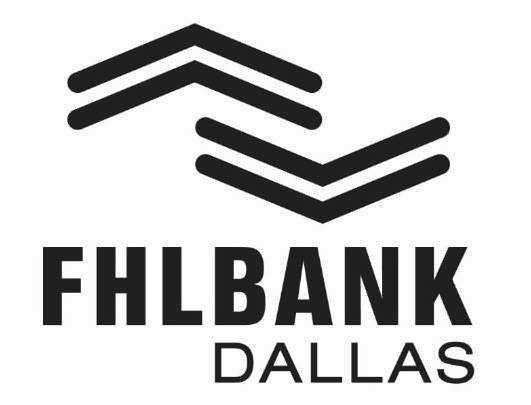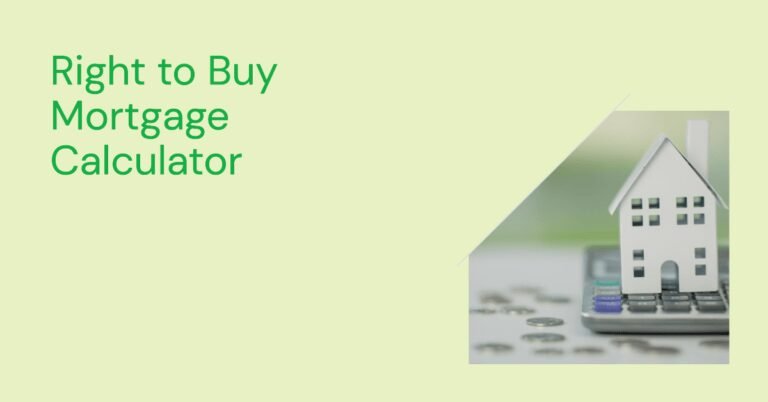Federal Home Loan Bank of Dallas – Everything About FHLB
For more than 70 years, the Federal Home Loan Bank of Dallas has provided valuable financial services to hundreds of financial institutions in Texas, Arkansas, Louisiana, Mississippi, and New Mexico. As a member-owned financial intermediary, the World Bank also supports economic and real estate development by providing low-cost funds and grants to our members.
What is the Federal Home Loan System (FHLB)?
The Federal Home Loan Bank System (FHLB) is a consortium of 11 regional banks in the US that provides a reliable flow of funds to other banks and lenders to finance home, infrastructure, economic development, and other individual and community needs. The Federal Home Finance Agency oversees the FHLB.
While the Federal Home Loan Bank of Dallas itself is overseen by a government agency and its mandate reflects a public purpose, each FHLB is privately funded and receives no government funding.
How the Federal Home Loan Bank of Dallas Works?
The 11 regional banks that make up the Federal Home Loan Banking System, known as the FHLBanks, are structured as private equity firms, specifically as cooperatives. They are owned by their members, local financial institutions that buy shares in FHLBank. Institutions must take out real estate credit as a condition of entry. As co-ops, FHLBanks pay no federal or state income tax.
11 FHLB banks
The 11 Federal Home Loan System banks are spread across the country. Each serves a geographic region made up of several states. The 11 FHLBanks include:
- Federal Mortgage Bank of Atlanta
- Federal Home Loan Bank of Boston
- Chicago Federal Home Loan Bank
- Federal Home Loan Bank of Cincinnati
- Federal Home Loan Bank of Dallas
- Federal Mortgage Bank of Des Moines
- Federal Home Loan Bank of Indianapolis
- Federal Home Loan Bank of New York
- Federal Home Loan Bank of Pittsburgh
- Federal Home Loan Bank of San Francisco
- Topeka Federal Home Loan Bank
There used to be 12 FHLB banks. But in 2015, the Federal Home Loan Bank of Seattle merged with the Federal Home Loan Bank of Des Moines. The institution is headquartered in Des Moines and has an office in West Seattle.
FHLB Services
As co-ops, FHLBanks maintain moderate overheads and charges, which are reflected in the interest they charge their member banks. This means that member banks have access to cheap loans, which they in turn provide to their customers.
The main focus of FHLBanks is real estate financing. Unlike other government-sponsored real estate companies — Fannie Mae and Freddie Mac — FHLBs do not guarantee or guarantee mortgages. Instead, FHLBs acts as a ‘bank for the banks’, providing long-term and short-term loans, called ‘advances’, to their members, as well as grants and specialty loans designed to increase affordable home and economic development. In some cases, FHLBs also provide secondary market outlets for members interested in selling mortgages.
Federal Home Loan Bank of Dallas participates and operates through several federal programs. This includes the Affordable Home Program, the Community Investment Program, the Mortgage Partnership Financing Program, and the Mortgage Purchase Program.
About 80% of US lending institutions rely on Federal Home Lending Banks.
6.600
The estimated number of certified banks, credit unions, insurance companies, savings, and community development institutions are FHLB members and receive funding from them.
How FHLBanks Are Funded
To raise funds, Federal Home Lending Banks issue bonds, coupons, and other forms of future debt in the capital markets. These are called consolidated liabilities.
Debt issuance for all 11 banks is managed by the FHLB Office of Finance. While each debt instrument is issued by each bank individually, it is collectively guaranteed by all banks in the system, providing a lower-risk investment.
History of the FHLB System
The Federal Home Loan Bank system was developed in response to the Great Depression, which devastated the US economy, especially the banking sector. It was created by the Federal Home Loan Bank Act of 1932, the first in a series of bills designed to make homeownership an achievable goal for more Americans. The rationale was that by providing banks with cheap funds for mortgages, they would lend more quickly; as a result, individuals would find it easier to borrow money to buy houses, which would stimulate the home market.
The FHLB originally consisted of 12 independent regional wholesale banks (similar to the 12 regional Federal Reserve banks). The law awarded them total funding of $125 million.7 In 2015, the Seattle and Des Moines banks merged, bringing the total number of FHLBanks to 11.
The act also created the Federal Home Loan Bank Board to oversee the system. The council was abolished in 1989 and oversight responsibility was transferred to the Federal Home Finance Board (FHFB) and regulatory responsibility to the Office of Thrift Supervision (OTS). Since 2008, the FHLB is regulated by the Federal Agency for the Financing of Home, established by the Economic and Home Act (HERA).
On June 23, 2021, the U.S. Supreme Court ruled that the head of the Federal Home Finance Agency (FHFA), which oversees the FHLB, could be removed without due cause. Later that day, President Joe Biden removed Trump-appointed FHFA director Mark Calabria and appointed Sandra L. Thompson as interim director.
For much of the FHLB’s 89-year history, savings and credit institutions have dominated the ranks of member financial institutions. Their numbers began to decline in the 1980s and 1990s, after the savings and credit crisis. In the 21st century, commercial banks (which were allowed to join the system in 1989) and insurance companies made up the majority of members.710
Impact of the Federal Bank’s Home Loan System
Proponents of the Federal Home Loan Bank System argue that it plays a critical role in the continued flow of money into the home mortgage market, enabling home and homeownership for millions. FHLBs also provide financing for real estate rental, small business, and other neighborhood development initiatives, resulting in economic growth and employment, stronger local communities, and overall better quality of life.
But critics argue that the Federal Home Loan Bank of Dallas, through its use of federally subsidized programs, distorts the supply-demand basis of the home market.4 FHLB financing, they argue, encourages irresponsible lending and the home construction cycle by increasing volatile booms and busts.
$712.1B
The total value of FHLBanks’ combined assets as of September 30, 2021.
There is also concern that the recent growth in membership of the Federal Home Loan Bank and increasing reliance on FHLB funding, along with the growing interconnectedness of the financial system, could mean that any issues between the FHLBanks are spreading across the board.
The FHLBanks have had their share of financial troubles over the years it was the inability to recover from capital losses that led FHLB Seattle to merge with FHLB Des Moines. However, their practices, in general, remain strong. For example, during the 2008 financial crisis caused by subprime mortgages, Federal Home Loan Bank of Dallas did not demand bailouts from the government, as sister GSEs Fannie Mae and Freddie Mac did. When other sources of financing dried up, they increased their lending.







